Highlights
- India becomes the first country to successfully land on the Moon’s South Pole, marking a unique milestone in space exploration.
- Chandrayaan-3’s nail-biting final moments and successful soft landing showcase India’s technological innovation and engineering expertise.
- The mission’s scientific experiments aim to deepen understanding of the Moon’s thermal properties, seismicity, and near-surface plasma.
- Record-breaking live telecast on YouTube reflects global interest, and upcoming missions signal a continued commitment to lunar exploration.
India’s Chandrayaan-3 mission etched its name in history on August 23, 2023, with a successful soft landing on the South Pole of the lunar surface.
This extraordinary accomplishment positions India as a forerunner in the new era of space exploration.
Prime Minister Modi hailed the mission as a landmark achievement, signifying India’s emerging prowess in space technology.
Here’s a brief look at the multi-faceted aspects of this unparalleled mission that captivated the attention of 1.4 billion Indians.
Chandrayaan-3: Challenging Final Moments
Karnataka CM Siddaramaiah congratulates team of ISRO scientists on the successful landing of Chandrayaan-3#Chandrayaan3Landing #chandrayaan3 pic.twitter.com/sMCAVBpIdQ
— Saurabh Raj (@sraj57454) August 24, 2023
The success of the Chandrayaan-3 mission came down to a heart-stopping climax during the final phase of the landing.
With the preceding mission, Chandrayaan-2, having crashed at this exact stage on the lunar surface, ISRO made specific adjustments to ensure that history did not repeat itself, thus navigating a critical juncture with immense precision and care.
Twenty minutes before the scheduled touchdown, ISRO initiated the Automatic Landing Sequence (ALS), allowing Vikram LM to take control and find a suitable spot for landing.
The tension reached its peak in the final 15 to 20 minutes, with scientists, engineers, and well-wishers holding their breath as the Vikram lander successfully completed its descent.
This triumphant outcome was a testament to India’s technological innovation and engineering brilliance.
Chandrayaan-3: The Historic Landing
8 Million watched the live stream of the landing of Chandrayaan-3 on Moon’s south pole.
And, this figure is only on the ISRO channel. Imagine the total number of viewers through various media platforms.
Proud moment for Indians.
Thank you ISRO (@isro). pic.twitter.com/lYtjHkdEPB— Anshul Saxena (@AskAnshul) August 23, 2023
India’s landing on the Moon’s South Pole has set the nation apart as the first to explore this uncharted territory.
Following the United States, China, and Russia, India is the fourth country to achieve a successful moon landing, but uniquely, the first on the southern hemisphere of Earth’s only natural satellite.
This milestone represents a critical step in humanity’s continued exploration of the universe and marks India as a leading force in the global space community.
Chandrayaan-3: Why the South Pole?
Good Morning @nytimes,#Chandrayaan3 says Hello from south pole. pic.twitter.com/3ptUDoCH0A
— Facts (@BefittingFacts) August 24, 2023
The Moon’s South Pole has always been a focal point of global interest due to its speculated reserves of lunar water. For the uninitiated, a NASA instrument aboard the Chandrayaan-1 probe back in 2009, confirmed the existence of water on the Moon.
India’s success in landing in this region is more than a scientific achievement; it opens new horizons for resource utilisation in space.
Discovering water on the Moon can be considered as unearthing new gold mine, offering potential fuel, oxygen, and hydration for astronauts.
India’s pioneering efforts further solidify the importance of this region for continued interstellar pursuits.
Chandrayaan-3: Record breaking YouTube Live Telecast
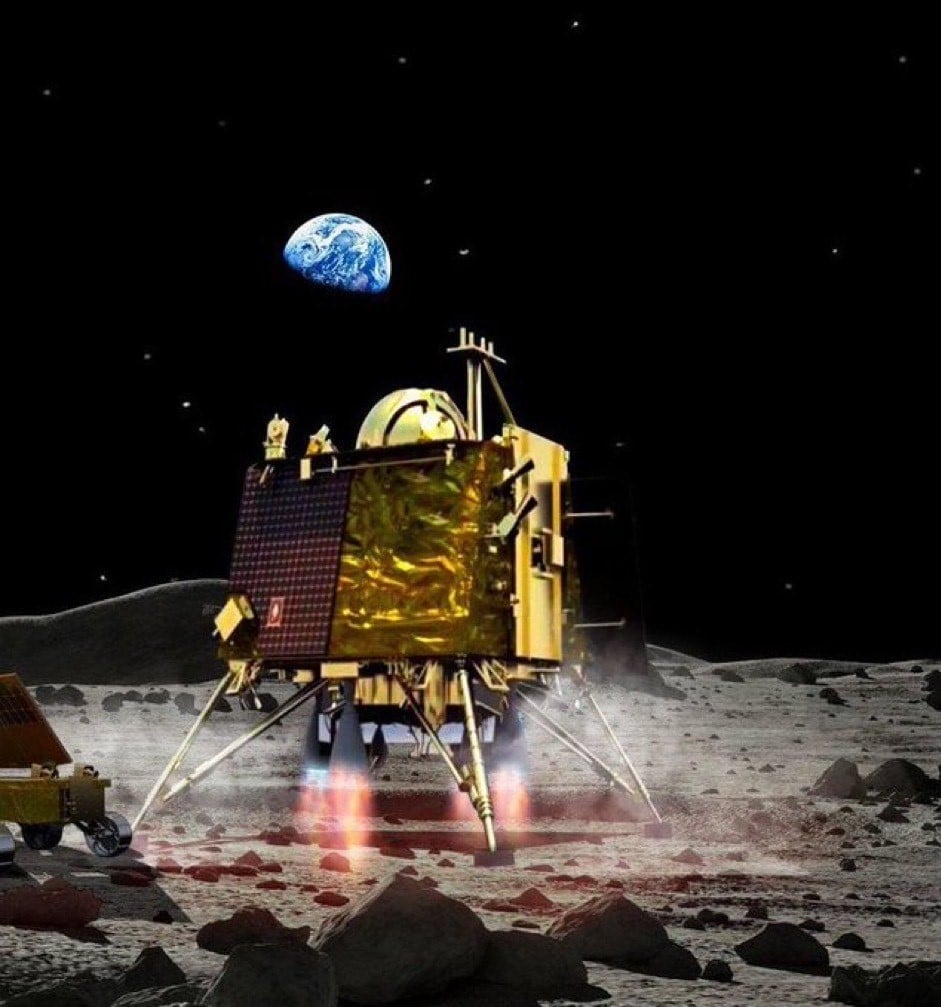
Chandrayaan-3’s soft landing became the most watched live stream on YouTube with the broadcast reaching, at one point, 8 million peak concurrent viewers.
Numbers of this magnitude reflect the worldwide interest in India’s space achievements and the ability of technology to connect humanity with historic moments.
The broadcast united viewers across continents, showcasing India’s space capabilities and the universal appeal of space exploration.
Chandrayaan-3: Scientific Experiments and Objectives
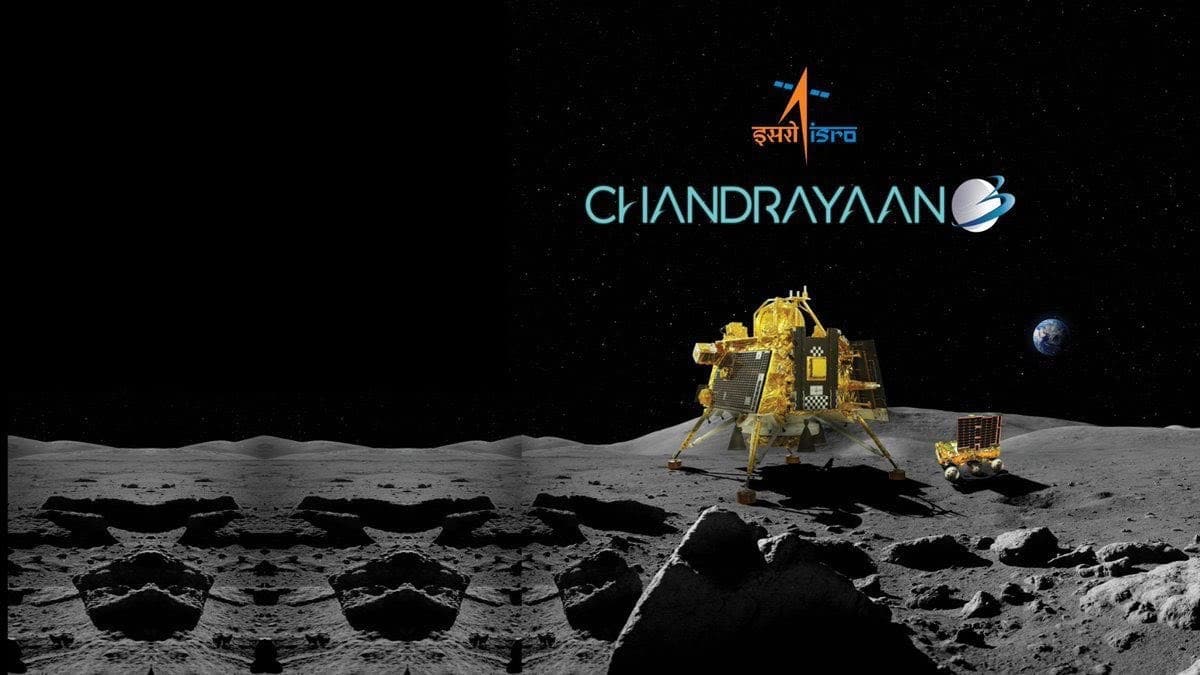
With just Rs 600 crore needed for its development, incidentally lower than the budget of several blockbuster movies in Hollywood, Chandrayaan-3 is poised to conduct groundbreaking experiments that will deepen our understanding of the Moon.
- Chandra’s Surface Thermo Physical Experiment (ChaSTE): Tasked with measuring the thermal properties of the lunar surface near the polar region, this experiment will provide vital insights into the Moon’s thermal dynamics.
- The Instrument for Lunar Seismic Activity (ILSA): By measuring seismicity and delineating the lunar crust’s structure, ILSA aims to reveal secrets about the moon’s geological history.
- LASER Retroreflector Array: This passive experiment could revolutionise our understanding of the Moon’s system dynamics, including its interaction with Earth.
- Radio Anatomy of Moon-bound Hypersensitive ionosphere and Atmosphere (RAMBHA): This will measure plasma density, offering a fresh perspective on lunar atmosphere, an area still shrouded in mystery.
Chandrayaan-3: Vikram Lander and Pragyan Rover Operational period
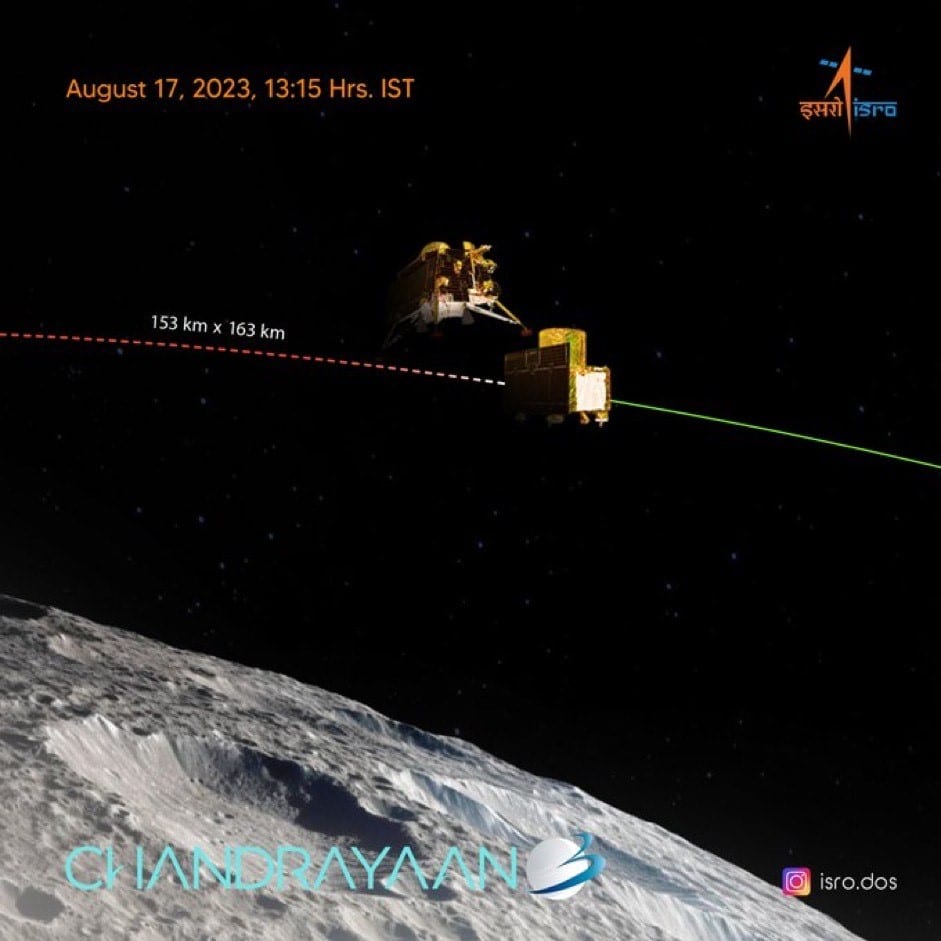
The ‘Vikram’ lander and six-wheeled Pragyan rover are milestones in space engineering, designed to operate for one lunar daylight period. This means that the rover will be operational for 14 Earth days.
After that a period of lunar night will fall on the Moon with temperatures plummeting to -262 degree Celsius, rendering any further activity moot.
However, it is believed that after the 14 days of lunar night is over, the solar panels on both the lander and rover will begin charging and may conduct further experiments on the Moon’s surface.
In the Wake of Russia’s Luna 25
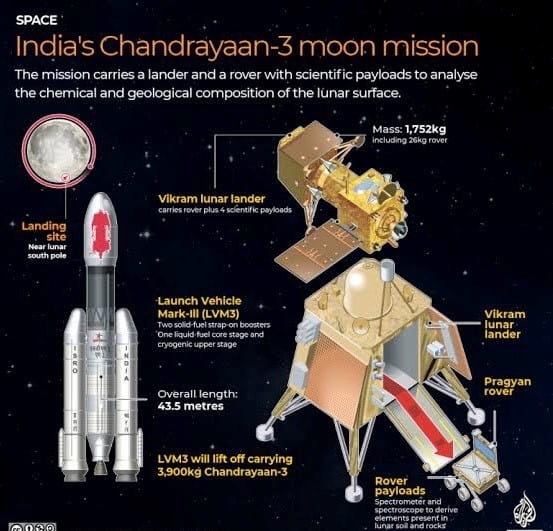
The contrast between Chandrayaan-3’s success and Russia’s Luna 25’s crash into the Moon is a stark reminder of the complexities and risks of space exploration.
It highlights the high stakes involved and underscores India’s achievement in navigating these challenges with precision and excellence.
Upcoming Lunar Missions – Japan’s SLIM
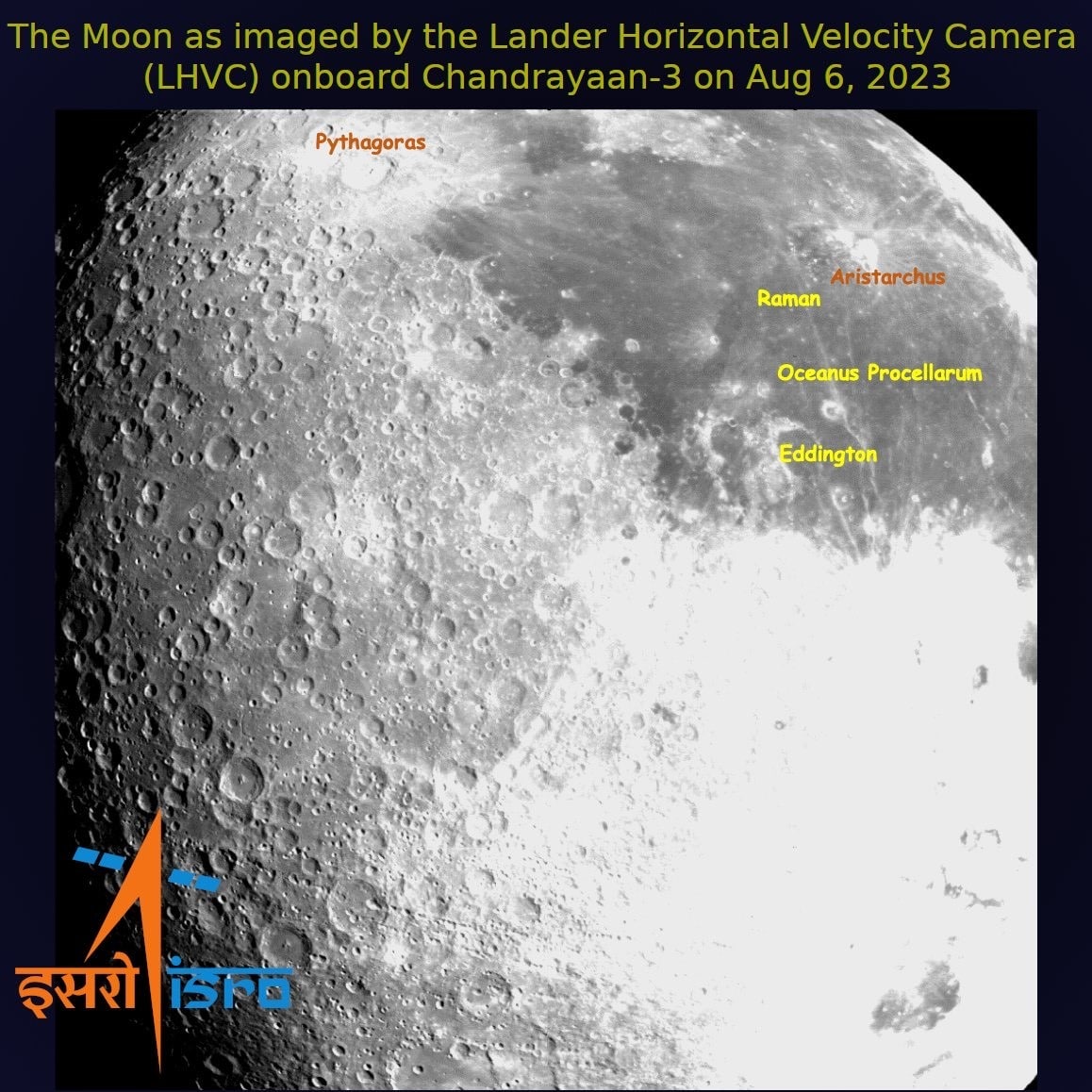
The global focus on the Moon continues with Japan’s Smart Lander for Investigating Moon (SLIM), launching on August 26, 2023.
This mission, testing Japan’s lunar landing technologies, signifies a global commitment to continued lunar exploration, with different nations contributing unique technologies and perspectives.
Chandrayaan-3: Future of India’s Space Operations?
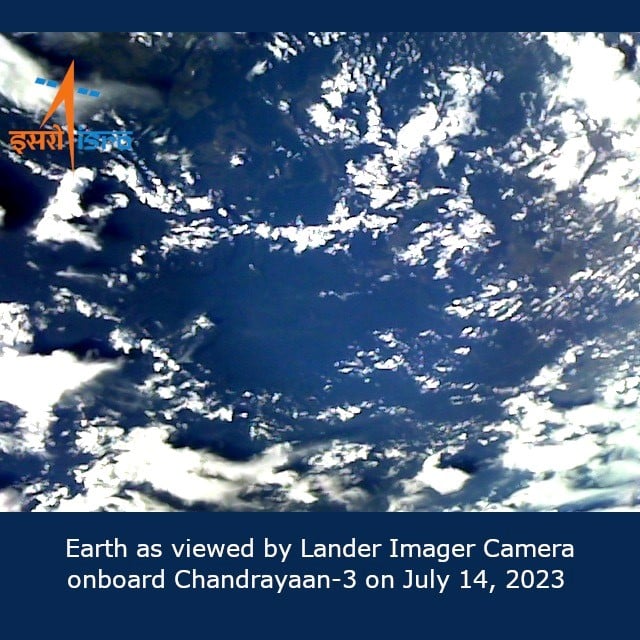
India’s Chandrayaan-3 mission stands as a beacon of innovation, courage, and achievement. The successful South Pole landing is not just a national victory but a global landmark in space exploration.
With each section of this mission revealing new potentials and insights, the Chandrayaan-3 heralds a promising future for space exploration.
The pride felt by Indians across the globe resonates with humanity’s never-ending quest to explore the unknown, and in PM Modi’s words, this indeed marks a day that India, and the world, will remember forever.
FAQs
Q: What makes Chandrayaan-3’s landing on the South Pole unique?
A: Chandrayaan-3 is the first mission to successfully land on the Moon’s South Pole. This uncharted region has attracted attention due to speculated lunar water reserves, and India’s achievement opens new possibilities for resource utilization in space, akin to discovering a new gold mine.
Q: How did ISRO overcome the challenges faced during the previous Chandrayaan-2 mission?
A: The final moments of the landing were especially challenging. By initiating the Automatic Landing Sequence (ALS) and making specific adjustments, ISRO ensured the successful descent of the Vikram lander, avoiding the mishaps faced during the Chandrayaan-2 mission.
Q: What scientific experiments will Chandrayaan-3 be conducting on the lunar surface?
A: The mission includes several experiments, such as measuring the thermal properties of the lunar surface (ChaSTE), studying seismicity (ILSA), understanding the dynamics of the Moon’s system (LASER Retroreflector Array), and exploring lunar atmosphere (RAMBHA).
Q: How long will Chandrayaan-3’s ‘Vikram’ lander and Pragyan rover operate on the Moon?
A: The ‘Vikram’ lander and six-wheeled Pragyan rover are designed to operate for one lunar daylight period, equivalent to 14 Earth days. The solar panels on both may allow for further experiments after the lunar night period ends.











